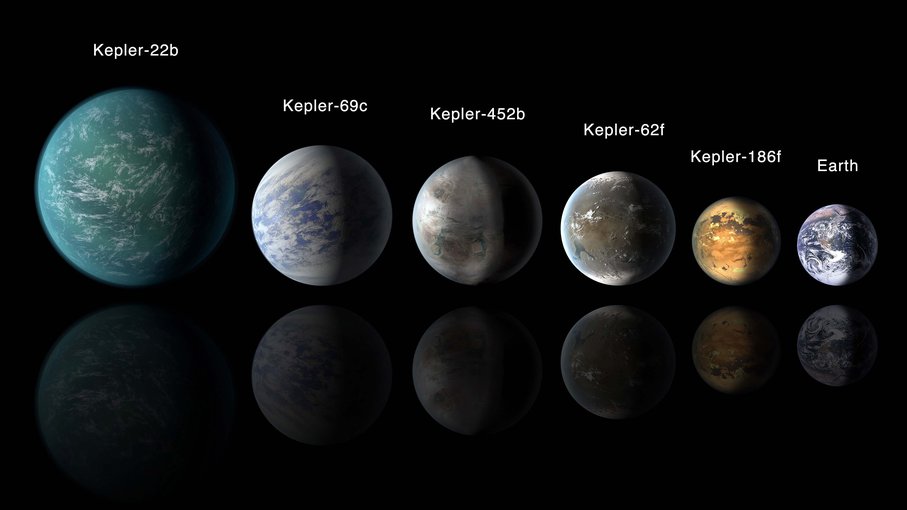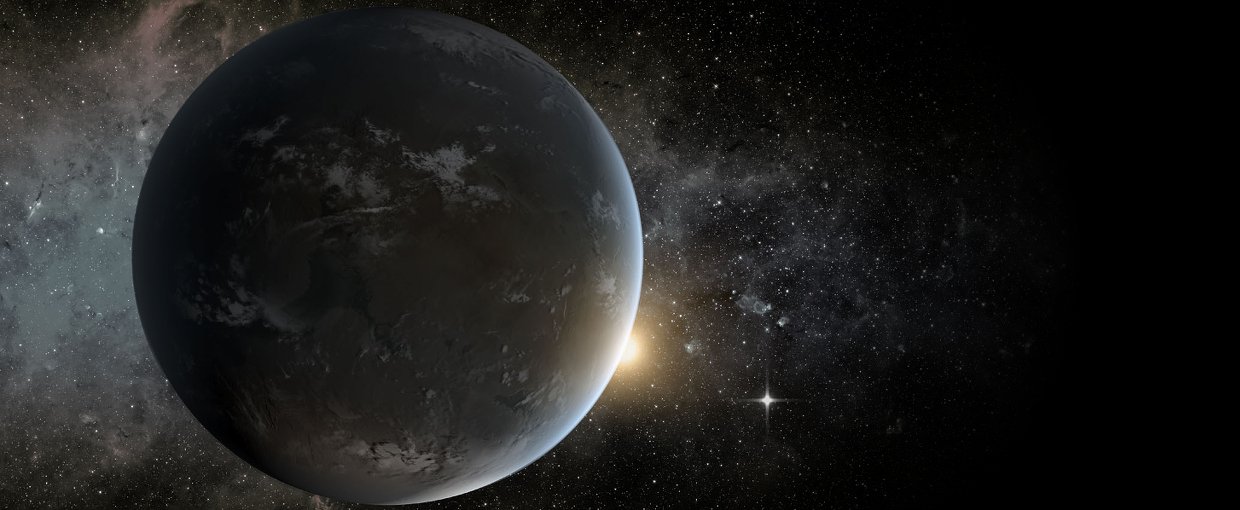
A team of NASA-supported scientists have posed the question,“What would our solar system look like if there was a super-Earth orbiting the Sun alongside our other planetary neighbors?”
Before astronomers began to identify exoplanets, many scientists believed that other stellar systems would look much like our own solar system. However, we discovered that this wasn’t true as the list of confirmed exoplanets began to grow. Astronomers spotted gas giant planets orbiting close to their host stars, gas giants smaller than Neptune (dubbed mini-Neptunes), and a myriad of other worlds that looked different than the planets in our system.

Artist concept contrasting Earth with a planet about twice its size, known as a 'super-Earth.' This artist representation is of the planet 55 Cancri e.Image credit: NASA/JPL-Caltech/R. Hurt (SSC).
One of the most prevalent types of exoplanets we see are super-Earth, rocky planets larger than Earth, Mars, or Venus. Because super-Earths seem to be common, astronomers began to wonder why the Solar System doesn’t contain one, and what would happen if it did.
The new study models how our system would have formed and evolved if there was a super-Earth in orbit around the Sun alongside the other planets and bodies of the Solar System. What resulted was dramatic changes in the orbits of our system’s planets. Depending on the position of the super-Earth, the orbit of the Earth itself and its habitability would be altered. The orbits of Mercury, Venus, Uranus, and Neptune could all become destabilized to the point where these worlds would be catapulted out of the Solar System and into space.

NASA’s Kepler space telescope captured evidence of many super-Earth planets.Image credit: NASA/Ames/JPL-Caltech.
The study, “The Dynamical Consequences of a Super-Earth in the Solar System,” was published in The Planetary Science Journal.
Click here to read a post concerning this research from Many Worlds.
Related:
What is a Super-Earth? (NASA)
Finding another Earth (NASA)
The Many Worlds Blog chronicles the search for evidence of life beyond Earth written by author/journalist Marc Kaufman. The “Many Worlds” column is supported by the Lunar Planetary Institute/USRA and informed by NASA’s NExSS initiative, a research coordination network supported by the NASA Astrobiology Program. Any opinions expressed are the author’s alone.
